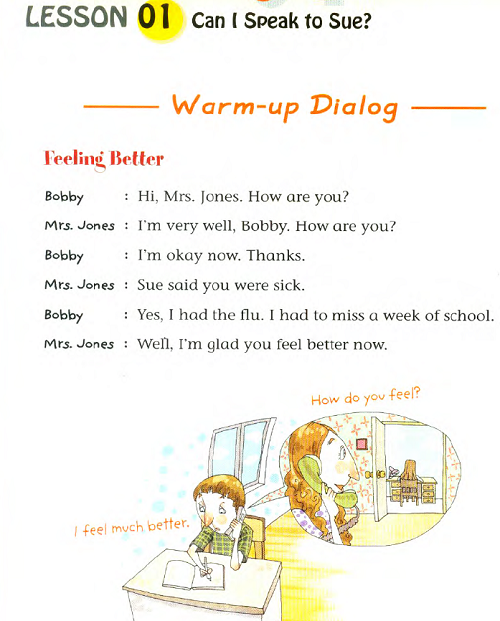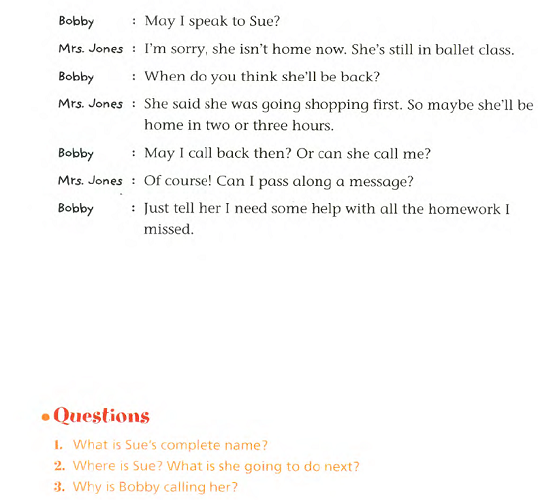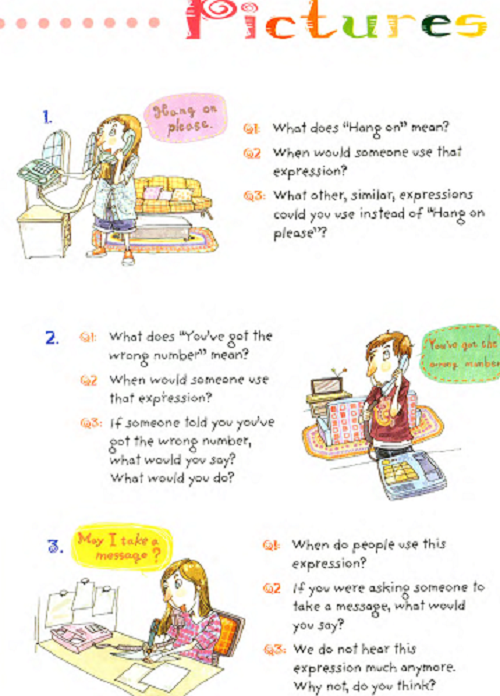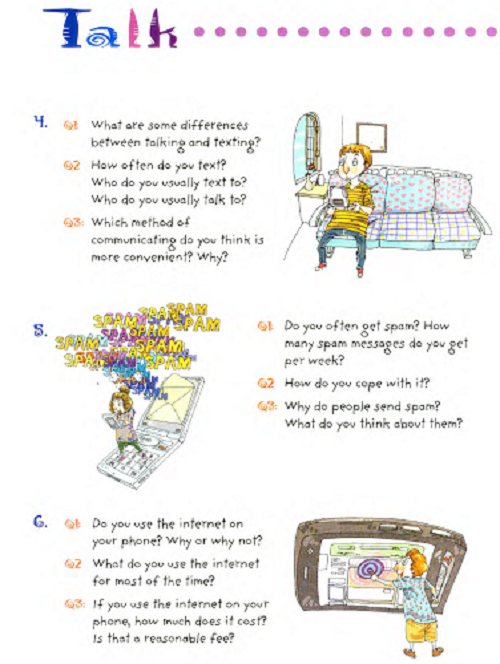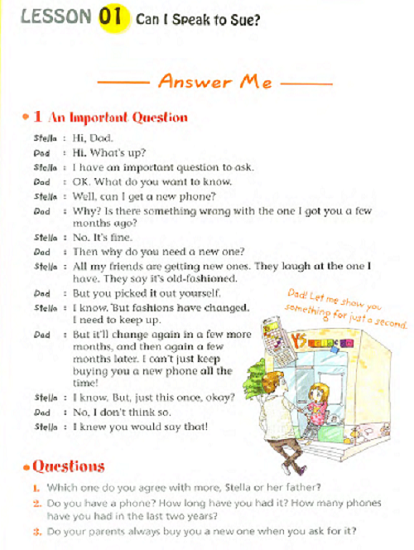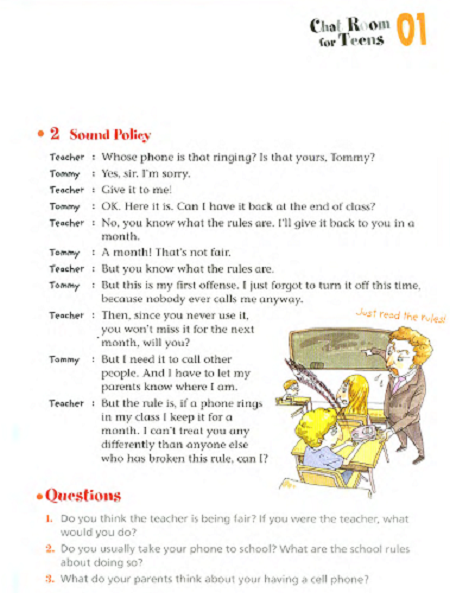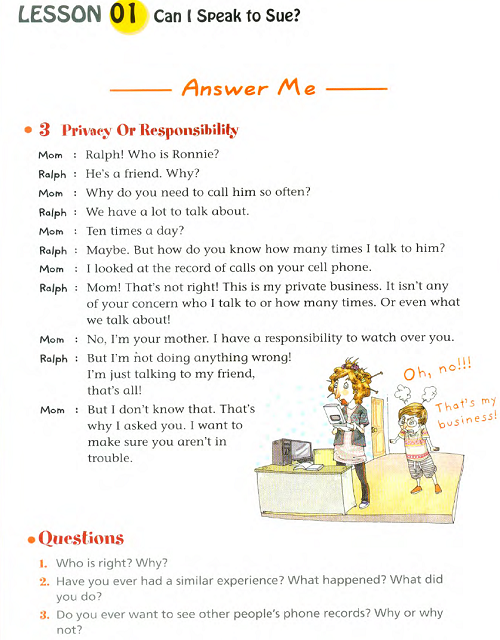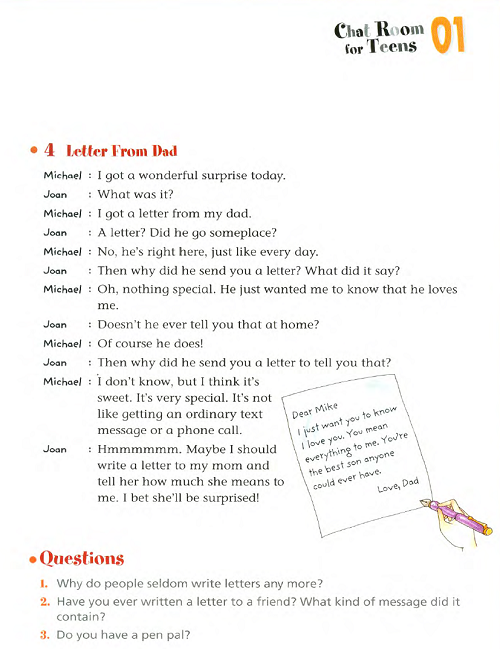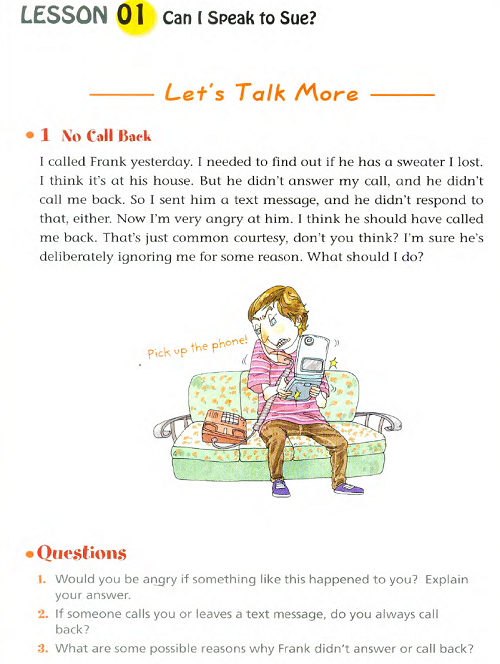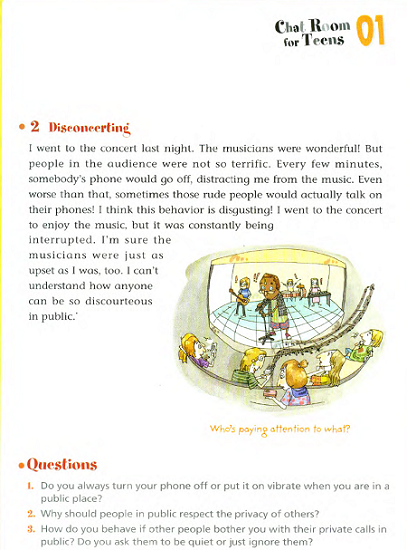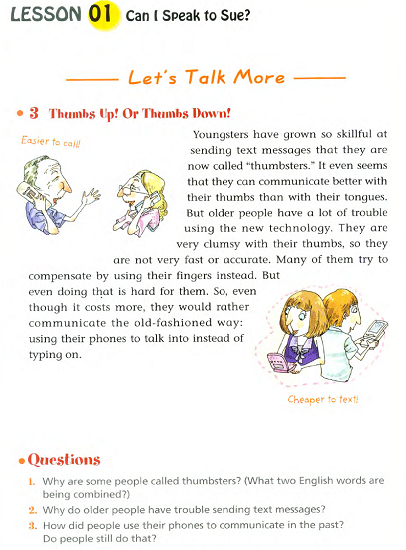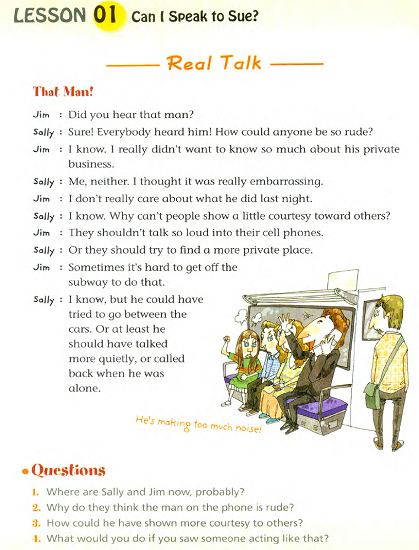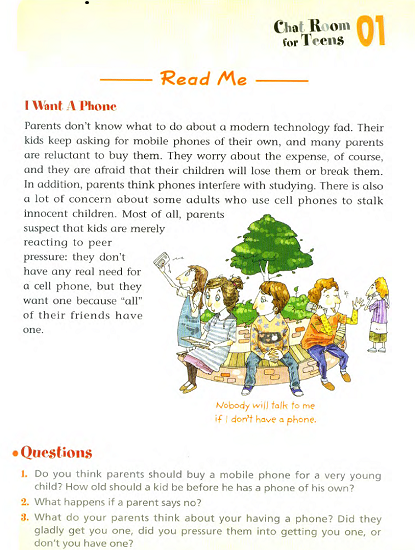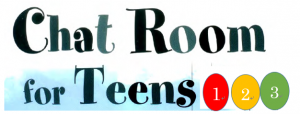
▮ Lesson Course Name: Chat Room for Teens 1┃Chat Room for Teens 2┃Chat Room for Teens 3
▮ Number of Lessons: 1-3, each with 30 lessons; a total of 90 lessons (1 lesson = 25 minutes)
(The number of lessons may vary depending on the student’s level and the pace of the lessons.)
▮ Level: Eiken® Pre-2 to 2nd grade
▮ Lesson Features:
● Over 500 diverse questions are provided.
● Topics that are familiar to middle and high school students.
● Practical vocabulary and expressions that engage interest can be learned.
● Develops English proficiency applicable in various situations.
● Consists of 1-3 topics, with each topic comprising 10 lessons. The estimated duration for each topic is approximately:
1 topic = 3 lessons = 75 minutes (25 minutes × 3), but it may vary depending on the student’s level.
CHAT ROOM FOR TEENS is the optimal learning material for middle and high school students to freely communicate with anyone around the world. It enables expressing oneself freely through a wide range of related topics. The abundance of questions and examples that resonate with the interests of middle and high school students fosters enthusiasm.
Especially, there are no “right” or “wrong” answers, so there is no need to be intimidating compared to discussing the same topics in one’s own language instead of English. This natural and continuously engaging method of learning English will help learners from around the world achieve their goals, gain confidence, and acquire language proficiency.
After all, English is the global lingua franca. When a German, French, Chinese, and Japanese meet in Moscow, they will undoubtedly converse in English. Among them, those who possess the ability to express themselves accurately and effortlessly are warmly welcomed by their peers.
CHAT ROOM FOR TEENS is a learning material designed for English learners worldwide to freely communicate in English.
MyTutor Textbook Course List by Level
▮ Chat Room for Teens 1 (Table of Contents)
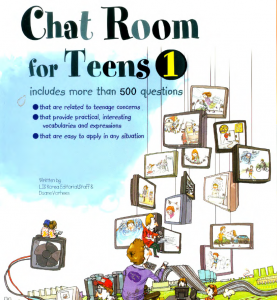

▮ サンプル レッスン
